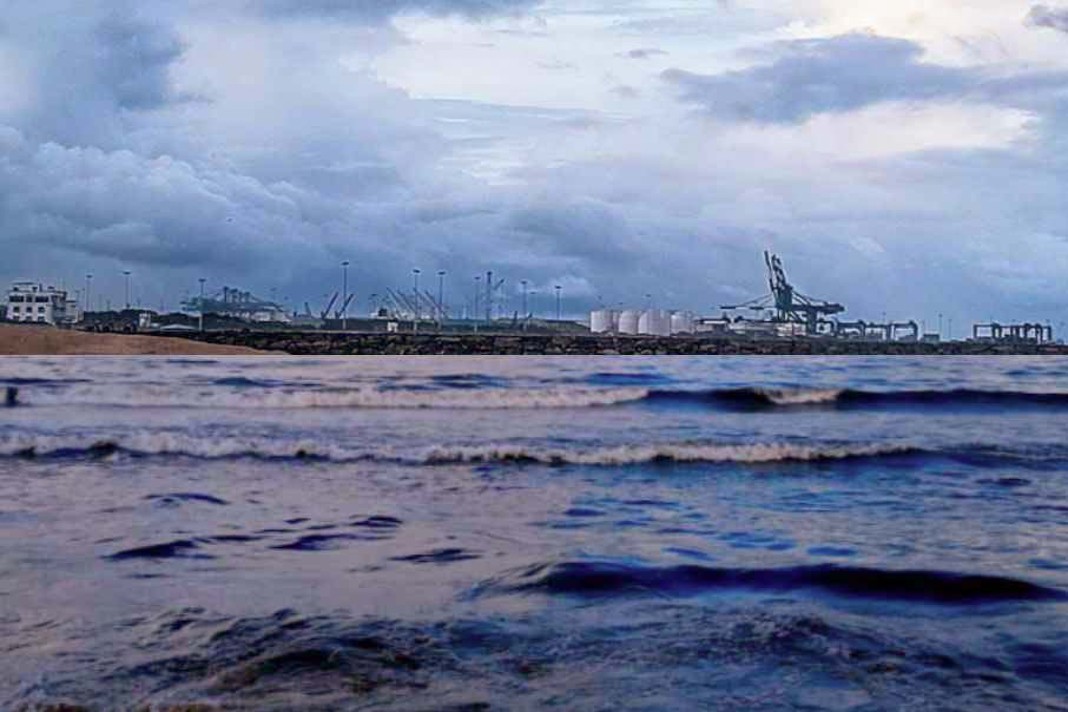- The maritime industry has witnessed a significant increase in ship sizes across various types over the past 50 years, posing challenges for port operations.
- With changing weather patterns and dynamic safety concerns, the focus on safe mooring becomes crucial.
- Mooring involves securing a ship to a fixed or floating object for safe confinement during cargo or passenger transfer.
While the ship’s Master holds the coordination responsibility, successful mooring requires effective communication among various stakeholders, including the Harbour Master, Pilot, and Port Authority. Coordination demands clear roles and responsibilities understanding among the involved parties.
Risks and Components
Mooring bollards, common in use, face potential risks leading to in-service failure. Overload due to larger ships or extreme weather conditions, deterioration, and poor installation are key risk factors. The components required for mooring connections include bollards, fairleads, and winches.
Design and Asset Management
Bollard spacing, typically between 5m and 30m, depends on ship size and berth design. Load capacity varies accordingly. Bollards, exposed to harsh environmental conditions, necessitate robust inspection and maintenance to ensure serviceability. Asset management involves understanding designed and calculated loads and regular review as port requirements change.
Takeaways and Further Learning
Mooring bollards, often overlooked, play a critical role in port infrastructure. Proper asset management, including inspection, maintenance, and overload prevention, is essential. After any incident, bollards should be inspected by qualified engineers before further use. A Safe Mooring Seminar organized by TT Club provides an opportunity to explore challenges and innovations in mooring for improved safety.
Did you subscribe to our daily Newsletter?
It’s Free! Click here to Subscribe
Source: TT Club



















